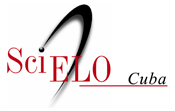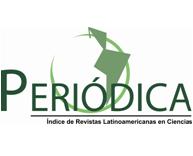EVALUATION OF THE ENZIMATIC EXTRACTION OF CHITIN FROM THE SHRIMP EXOSKELETON
Keywords:
biopolymer, bioprocess, chitin, penaeus, proteases, shrimpAbstract
The normal process of obtaining chitin from the shrimp exoskeleton consists in associated compounds extraction through successive steps of demineralization, deproteinization and depigmentation, using strong acids and alkalis. It constitutes a risk for personal and environmental integrity. A solution to this problem is the alternative methods use, such as enzymatic extraction, which in addition to maintain the structure of chitin intact, do notproduce wastes that may affect their biomedical applications. The exoskeleton, once clean, dry and ground to 300 μm, is demineralized, up to 95,67% using glacial acetic acid at 15% at room temperature and stirring for 3 hours. A treatment with α-chymotrypsin in an enzyme-substrate ratio E / S 0,7: 100 (QB2) shows a higher percentage of protein hydrolysis, 73,48% than the E / S ratio 0,5: 100 (QB1) . However, it was found that there is not statistically significant difference between the different treatments, only a difference between the QB1 and QB2 treatments was observed, which seems to indicate which seems to indicate that a greater deproteinization of the substrate occurs at a higher concentration of chymotrypsin.On the other hand, papain treatments reached similar percentages of deproteinization, 65,43% and 67,13% for E/S ratios of 0,5: 100 and 0,7: 100 respectively, which indicates that both treatments are statistically acceptable. Regarding the degree of deacetylation, all the treatments showed a value of approximately 20% and a molecular mass of the order of 106, thus demonstrating the effectiveness of the combination of treatments with weak acids and proteolytic enzymes.




















